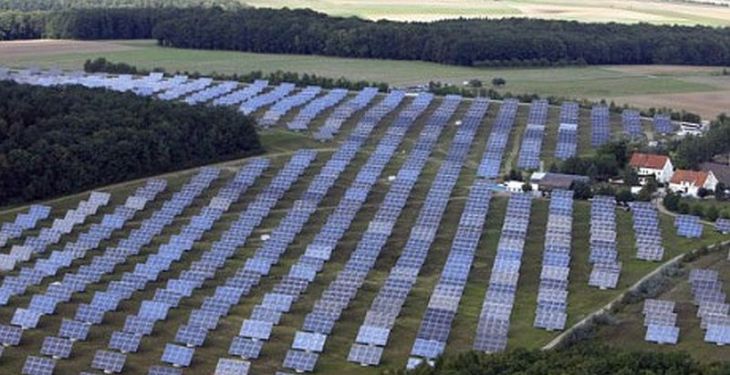In Romania and Europe there is fierce competition in the supply of materials, but also in the human resources market, which will lead to blockages in the development of photovoltaic parks in particular, now in record numbers, claim the investors and developers present at the Solar Energy Bucharest Summit.
“Other countries are moving faster, but what is even more important is that other countries are regulated from a legislative point of view. All these blockages, all these delays are only putting pressure on the timeschedule…We have a severe shortage of people and equipment…We will have to install a lot, in a very short time…Instead of having a base of 1 GW per year we will probably find ourselves with all the projects delayed and we will have to build a lot in a very short time. Of course, prices will also explode, because the supply will be small and the demand very high,” said Mirel Jarnea, Business Development Manager, Utility Region EMEA, Longi, during the conference.
For his part, Giuliano Raccanello, CEO of Fortza Solar, present in Romania for several years, claims that investors prefer cheap options, despite better solutions from a qualitative point of view. “Now panels are produced with a lifespan of 30-40 years… It’s not worth it for 10-15 euros/KW less to risk making a cheap structure that will last only 10 years,” said Raccanello.
Distributors present at the fair told Energynomics that the market trend is to build massively, as cheaply as possible and often without observing the necessary parameters. “Europe has recommended certain ISO quality indicators, but they are not mandatory. Projects get built as cheaply as possible, solutions are chosen according to price. It is not taken into account that production can increase with appropriate measurement systems, which are not expensive – for example such a system that measures the solar intensity or the need to service and clean the panels costs 15,000 euro- and also there is no storage”, he told Energynomics a distributor.
However, there are also factors of sustainable long-term stability that did not exist in the first wave.
If the first wave of renewables was based on subsidies through green certificates, the second wave brings with it several factors that add up for the sustainability of the projects, said Ciprian Bodiu, Chief Sales Officer, Parapet, during the Solar Energy Bucharest Summit.
“There are several factors, one of them – the energy price we have now in the market is not comparable to the first wave. There are no longer the prices of last year, of 150 euros, but we have somewhere around 80 euros/KWh, however, the price is high. This gives some predictability to the price of energy, which is organically part of the architecture of the projects… Secondly, European legislation is another factor of stability, being directed towards decarbonisation and clean energy,” said Ciprian Bodiu.

